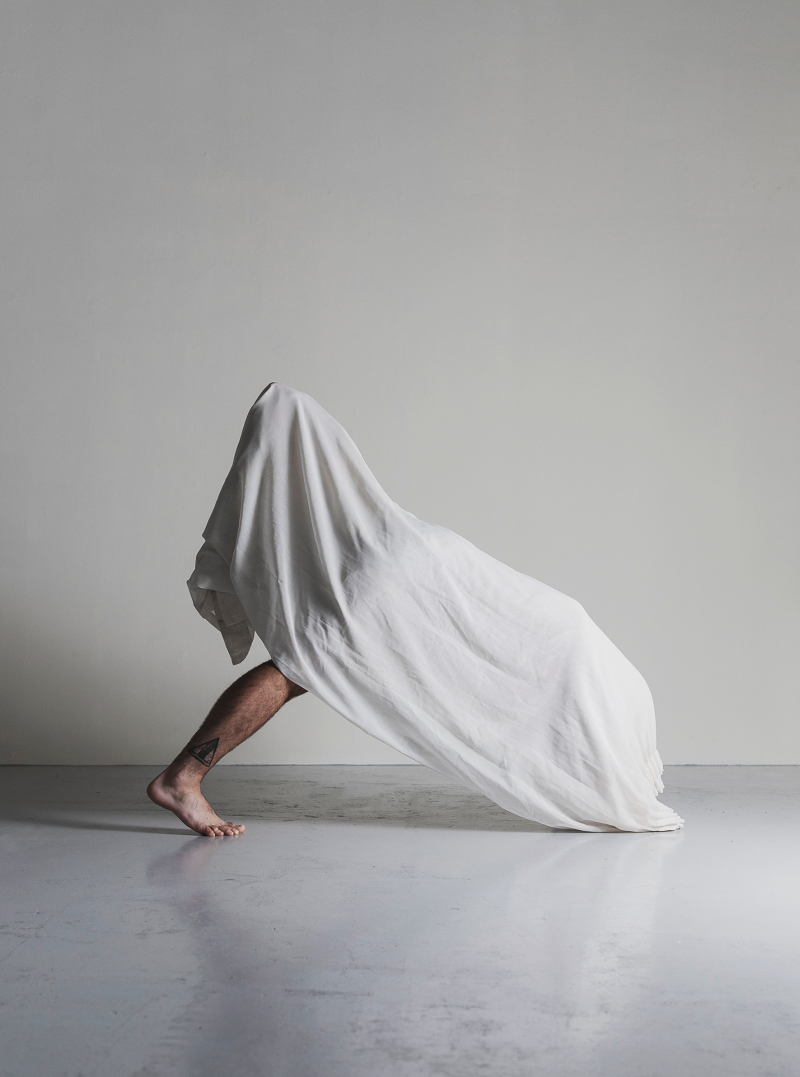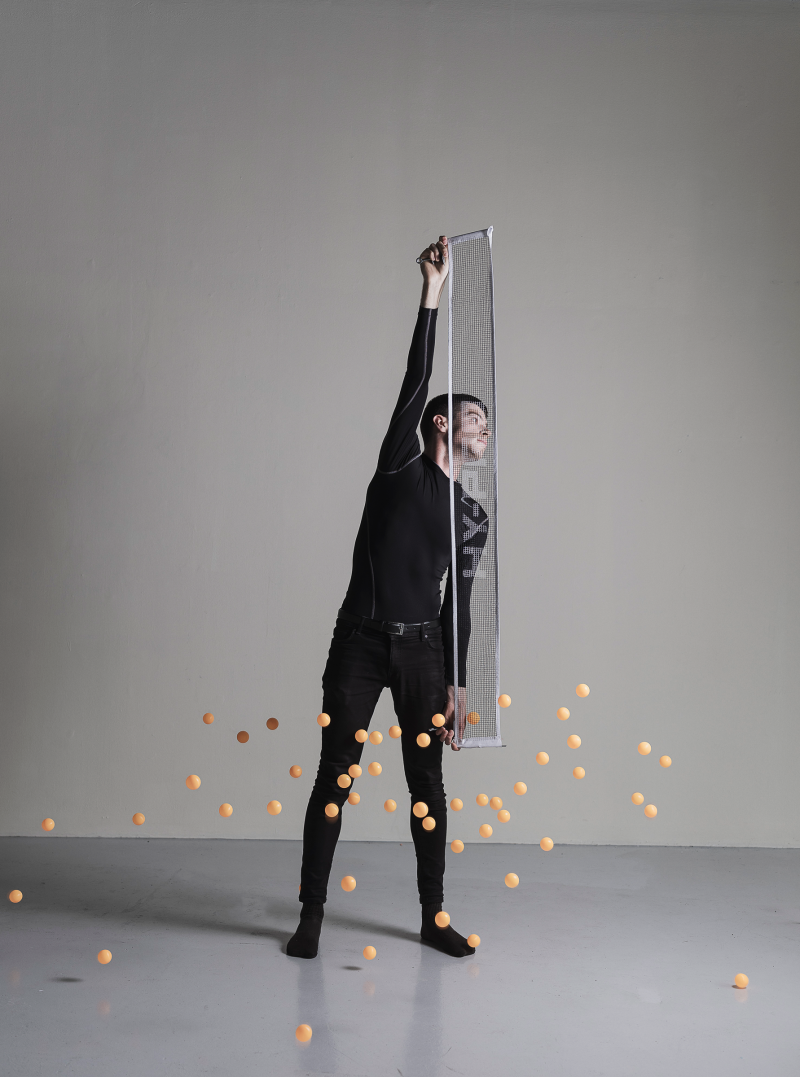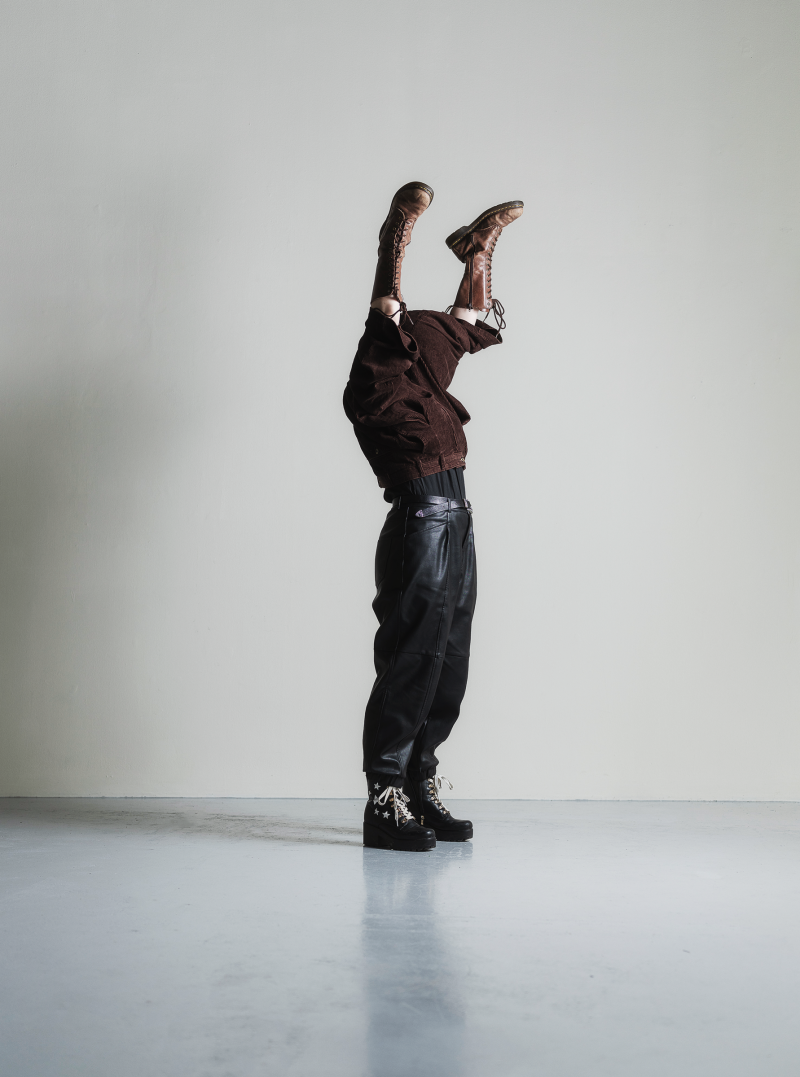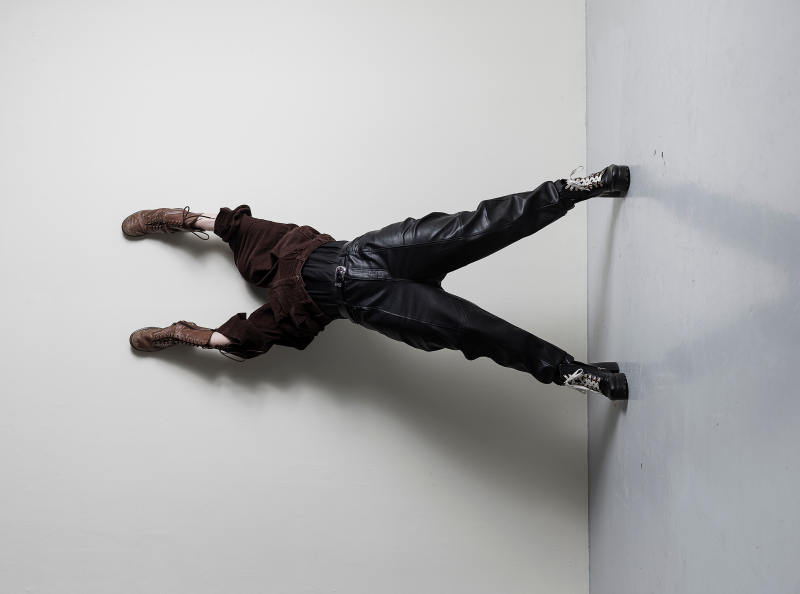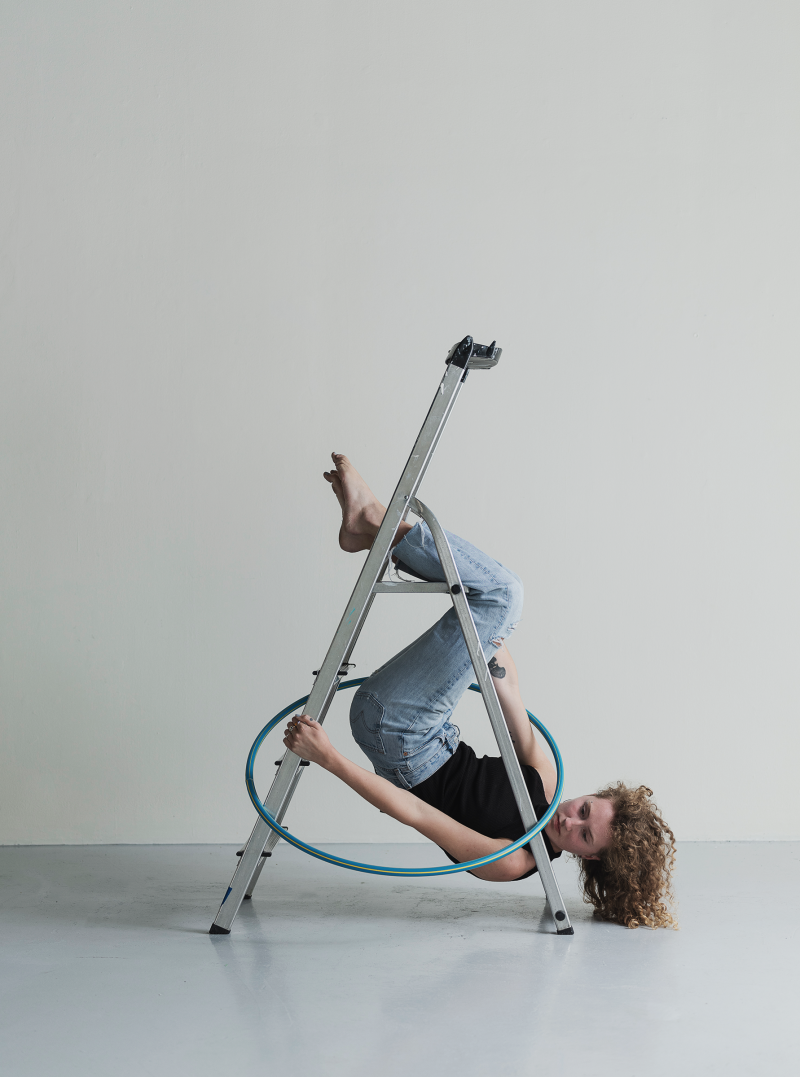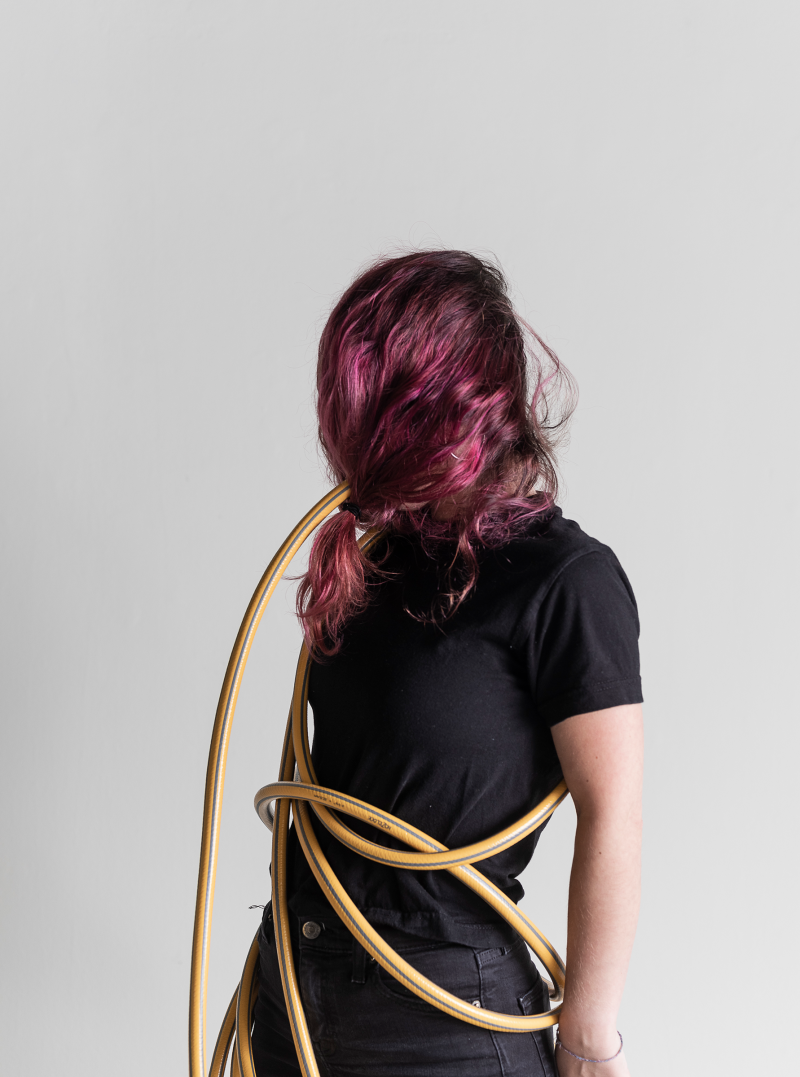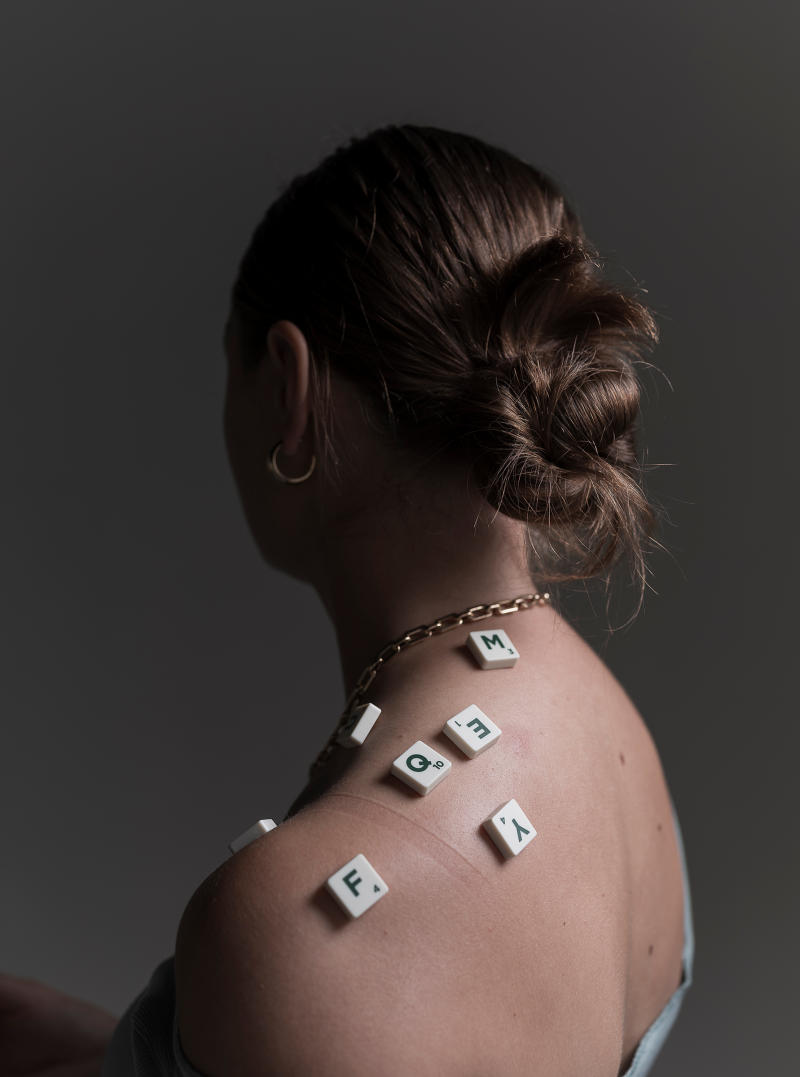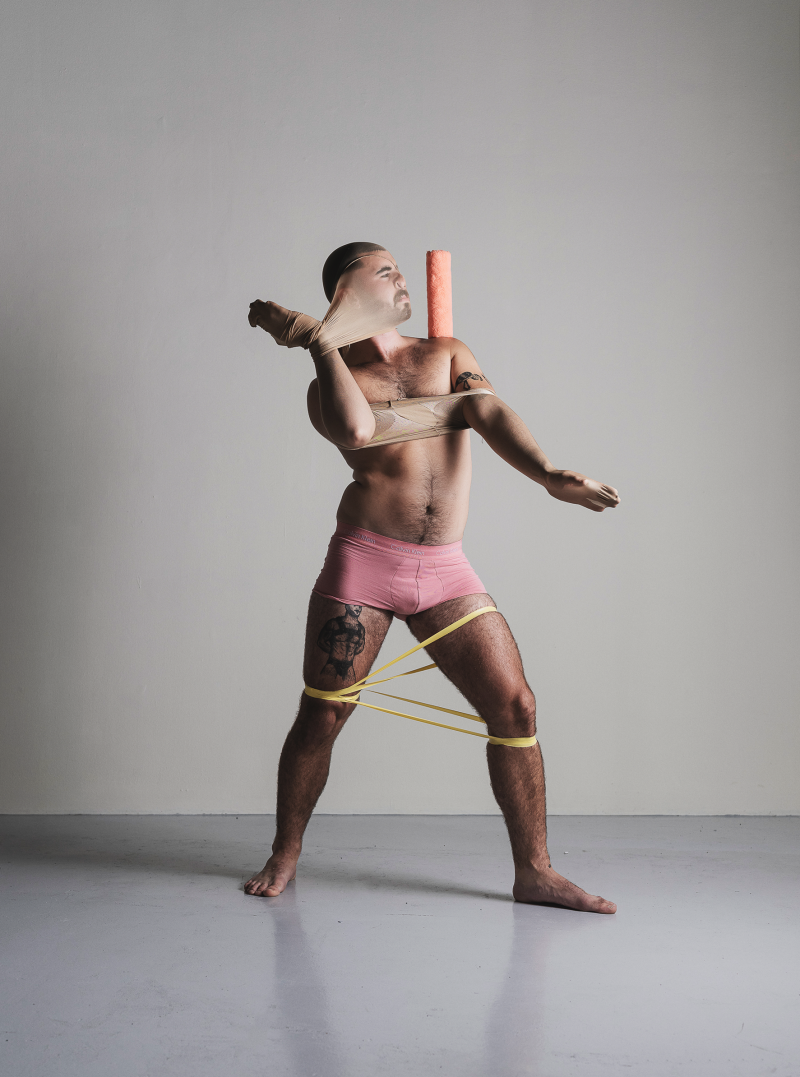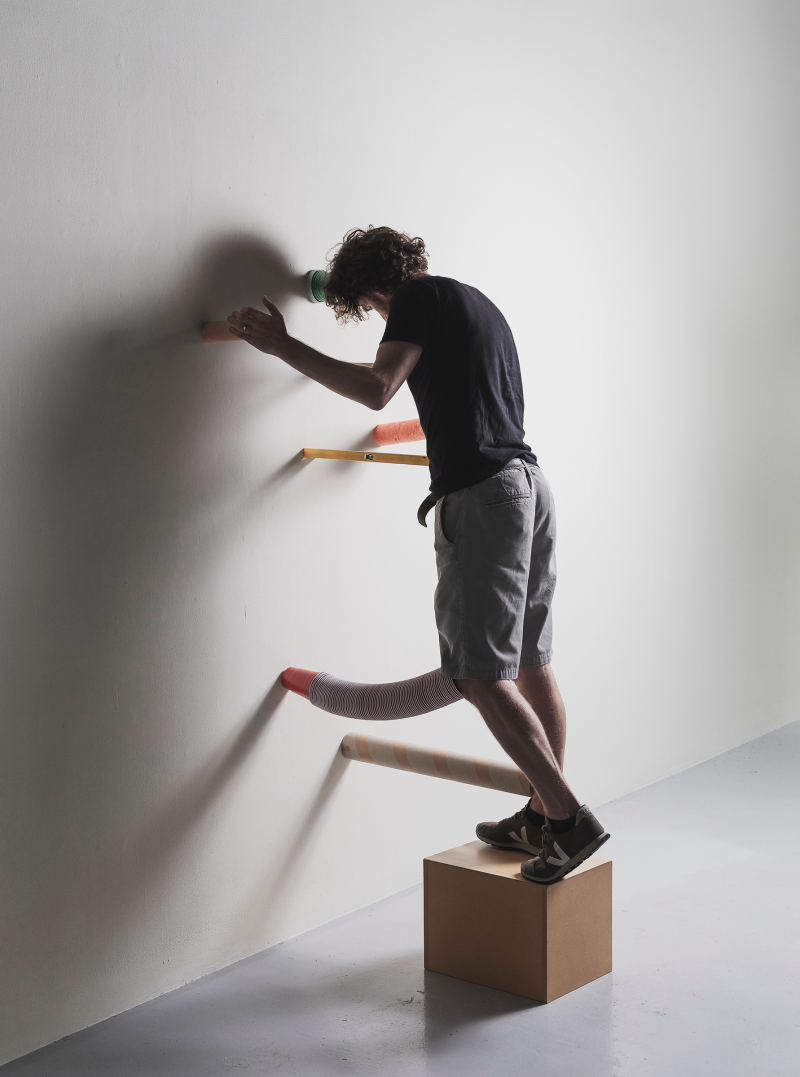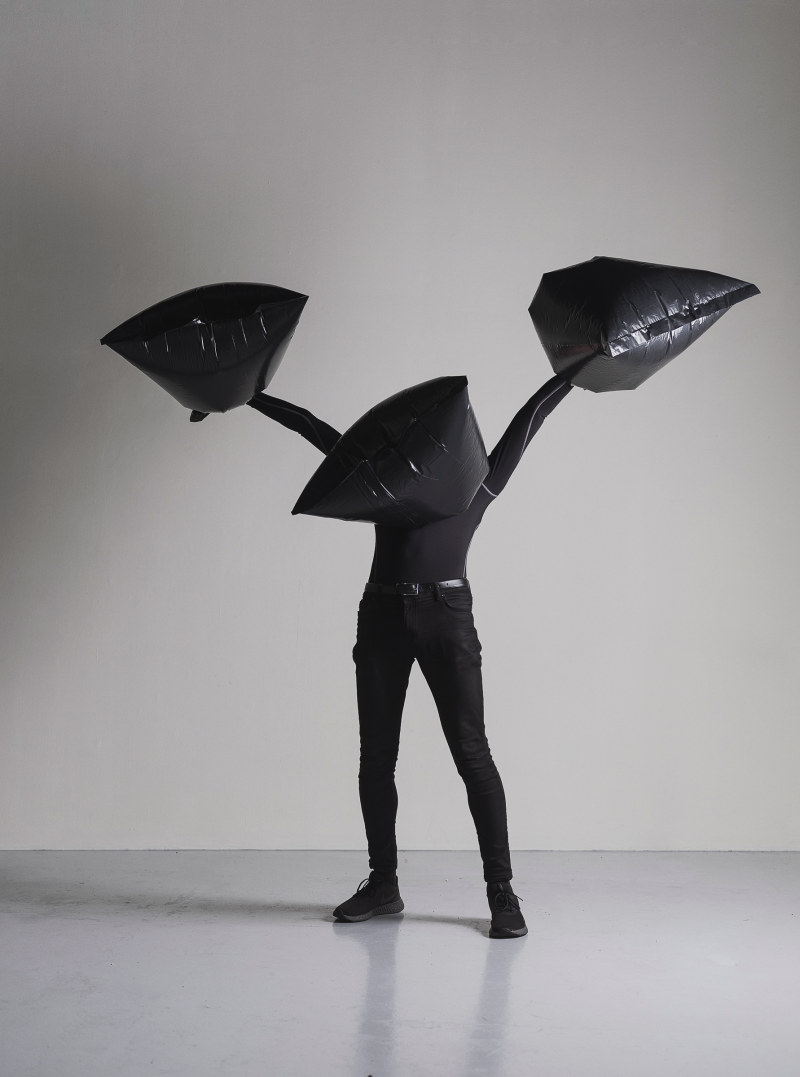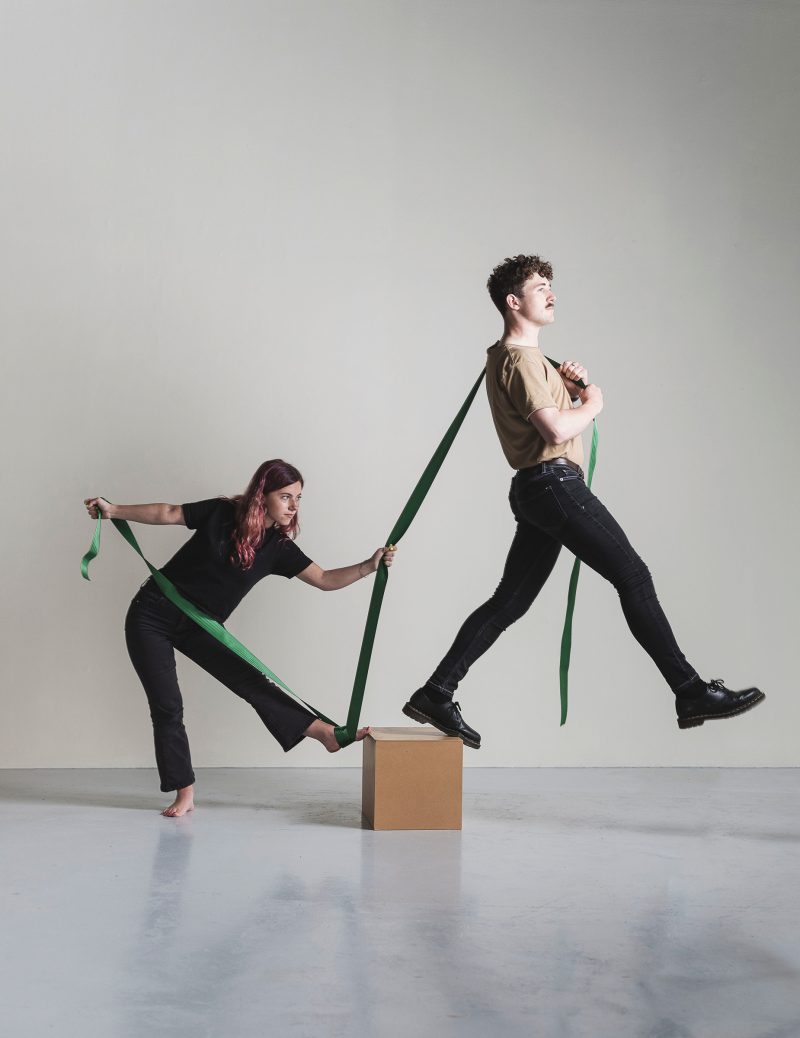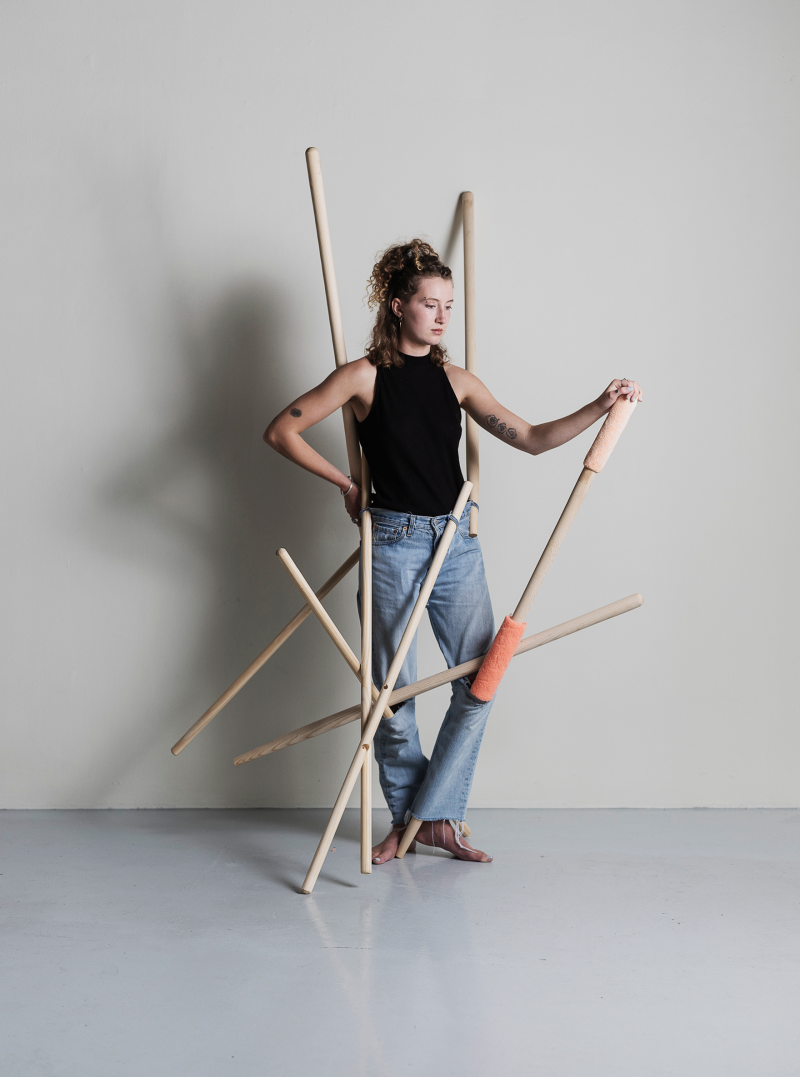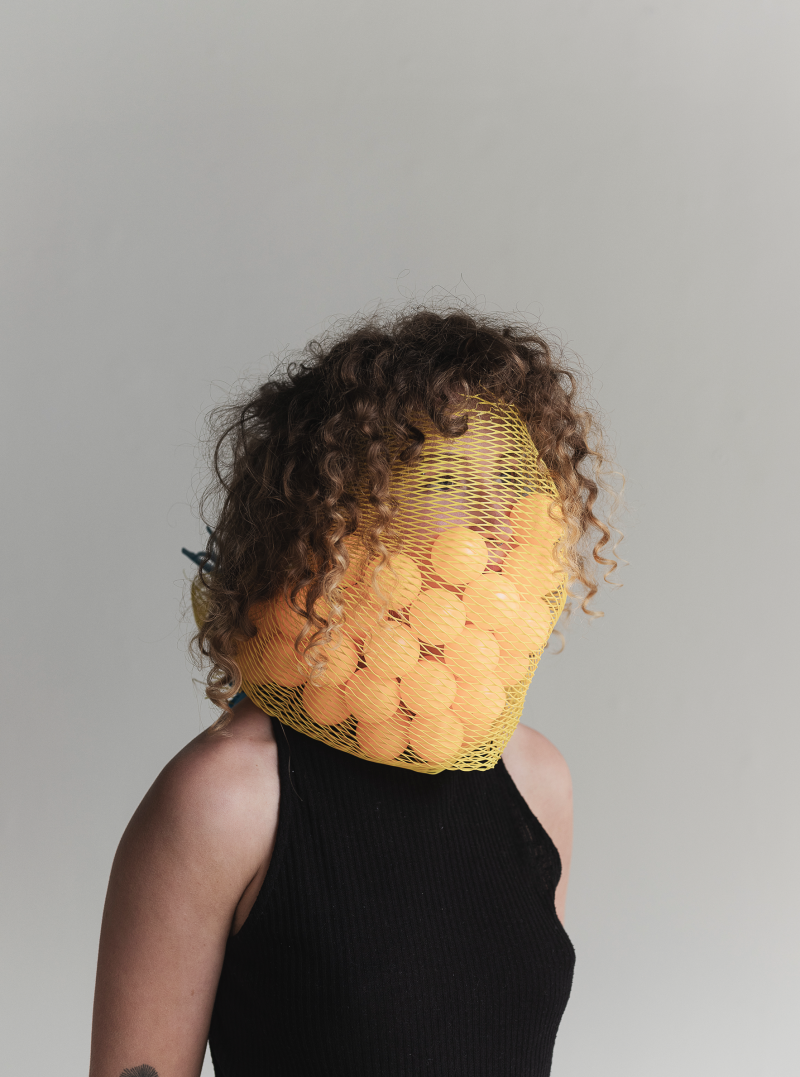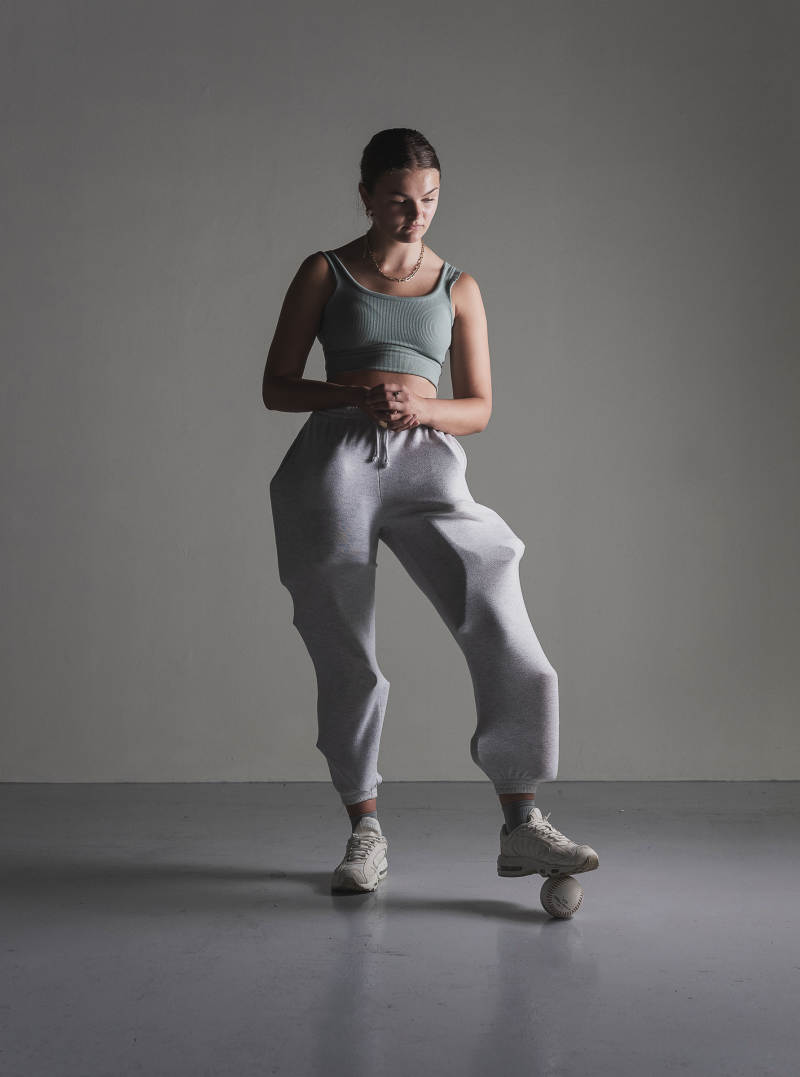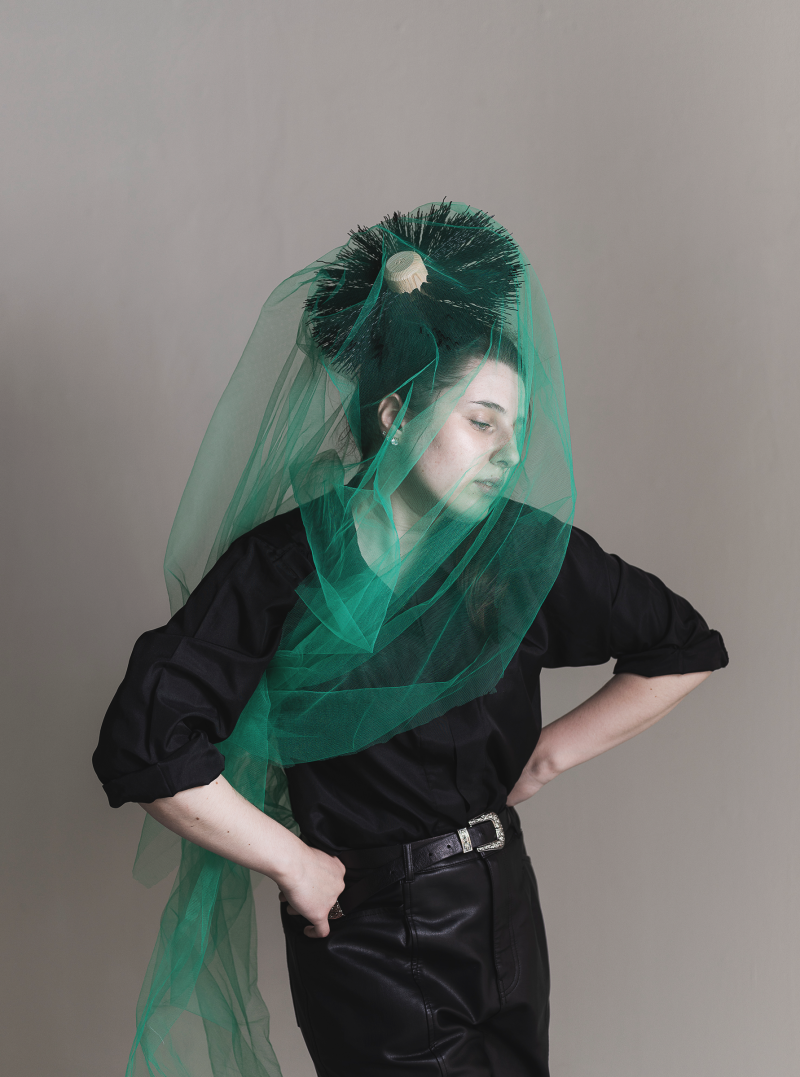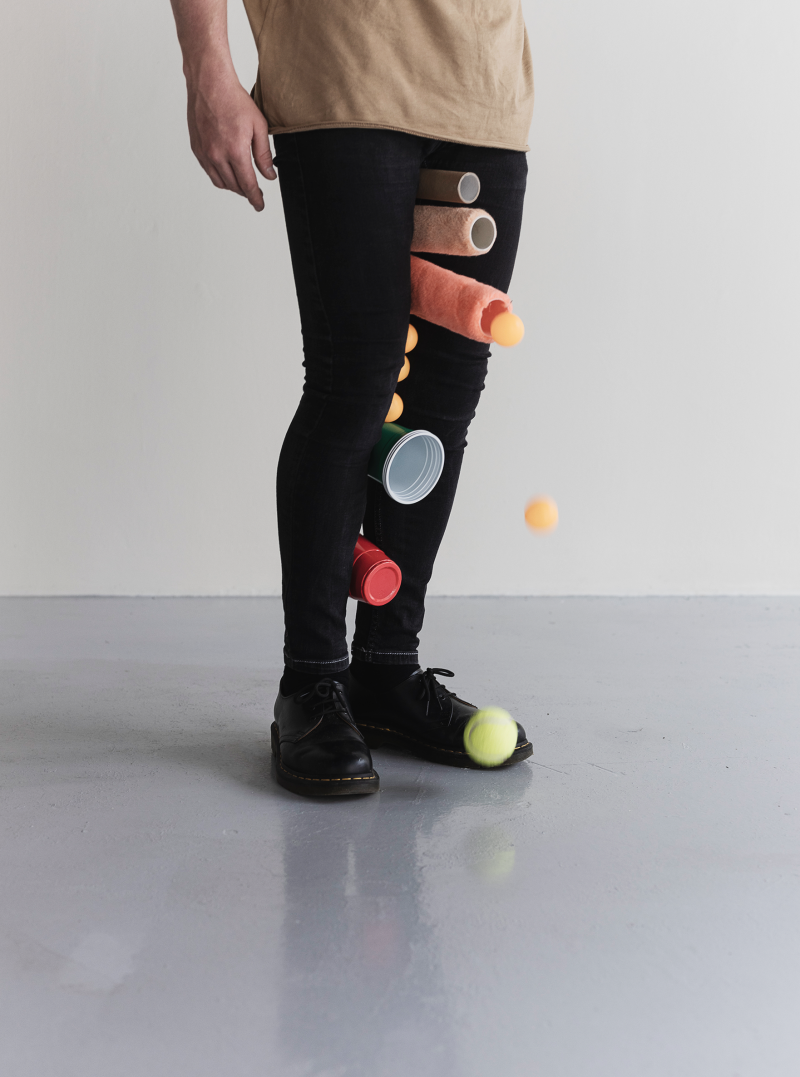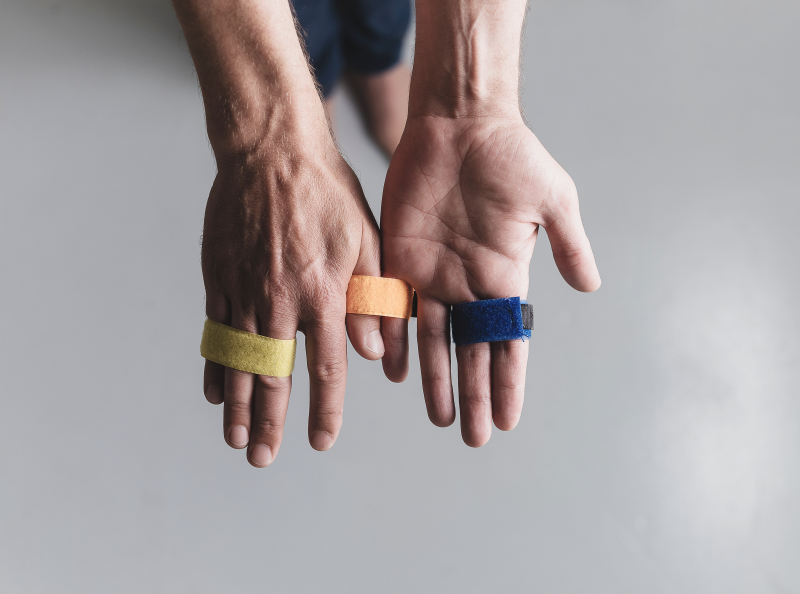Education and Design or Fine Art

The BA in Education and Design or Fine Art is a Joint Honours award. This programme combines rigorous studio practice in Fine Art or Design with professional teacher training, equipping graduates to teach art and design at second-level schools in Ireland and internationally. That means you follow the full degree course in Fine Art or Design as well as taking a dedicated initial teacher education programme.
Students immerse themselves in a chosen studio discipline, such as painting, sculpture, print, graphic design, product design or other studio disciplines that are on offer at NCAD- while developing the skills, insight and experience to teach and inspire the next generation of creatives. With an emphasis on inclusive pedagogy, research and reflective practice, and classroom experience in a variety of education settings, graduates leave NCAD with a Teaching Council accredited qualification and a deep understanding of how art education can transform lives. Over the four years of the programme you will also engage in modules in Critical Culture that will inform your artistic and teaching career.

Year 1
In Year 1, your course of study will be largely focused on the development of your capacities in Fine Art or Design. In trimester 1, this will involve focusing on interdisciplinary Art and Design research, observation and analysis. As part of your education professional practice in trimester 1 you will be introduced to theoretical aspects of education studies such as inclusion, differentiation and sociology and philosophy of education. In trimester 2, you will undertake preparation for a short placement in a primary school for one day a week for four weeks. If you choose to study Education and Design, during trimester 2 you will work on a project in collaboration with students from across the areas in the Design School in the first half of the trimester, and then spend the second half of the trimester developing work and skills that are relevant to your particular design specialism. If you choose to study Education and Fine Art, during trimester 2 you will undertake 6 weeks of workshops spent in two different pathways chosen from Ceramics and Glass, Media, Painting, Print, Sculpture and Expanded Practice, and Textile Art and Artefact. In the second half of the trimester, you will work in a particular pathway exploring different kinds of approaches, materials and processes and new skills that are part of the language of contemporary art. Trimester 1, this will involve focusing on interdisciplinary Art and Design research, observation and analysis.
As part of the Initial Teacher Education programme you will engage in Foundation Studies over the four years of the programme. The first two of these are the History and Philosophy of Education and Sociology and these are studied in trimester 1 along with an introduction to teaching and learning methodologies. In Trimester 2, you will study the Primary Visual Art curriculum and undertake a short school placement with a peer in a Primary school as an introduction to teaching Visual Art.
Year 2
In Year 2, you will continue to follow the degree programme you have chosen in Fine Art or Design but you will also follow specified modules in Professional and Foundation Studies that will introduce you to aspects of education and begin to prepare you for teaching in various settings. In Trimester 1, you will study Pedagogy, the method of how teachers teach, in theory and in practice. You will also engage in a variety of Visual Art for the Classroom (VACs) workshops in digital media, drawing and painting, graphic design and ceramics in preparation for teaching practice. You will participate in a module in Curriculum Studies, focusing on Visual Studies, with a particular emphasis on teaching Art History at second level.
In trimester 2, the emphasis is on teaching and learning. You will undertake a module in Special Education Needs to prepare you to understand, support and teach learners with diverse needs in inclusive classroom settings. You will also be introduced to the concept of mentoring students for careers in the creative industries. You will undertake a short teaching and mentoring placement (in pairs) in a second-level school for one day per week over eight weeks.
Years 3 & 4
Third and fourth year are split between studio practice and school placement, with a focus on the integration of your role as a teacher in the second level classroom with that of the artist or designer developing an art or design practice in the studio. You will have two extended ten-week placements in two second-level schools where you will be supported in learning the role and functions of a teacher. There will be some college-based work as well, providing you with a theoretical base for your teaching. You will undertake modules in Pedagogy, Psychology, Curriculum Studies, Professional Practice for the Classroom, Reflective Practice and engage in Visual Arts for the Classroom workshops in Graphic Design, Print, 3D Studies and a module in Digital Portfolio. In trimester 2 of your fourth year, you will re-focus on your studio practice in Fine Art or Design, and will bring your studies to a conclusion with your final end-of-year exhibition of work.

How will I be assessed?
Assessment throughout the course, in both your studio practice and in education studies, will be on a continuous basis, usually taking place over each trimester (half-year). Formal assessment results will be issued at the end of each academic year. Modes of assessment will include practical and written assignments, supervision of school placements, oral and visual presentations, and some written examinations.
Opportunities after graduation
Most Education and Design or Fine Art graduates go on to teach Art/Visual Art at second level in secondary, vocational, community or comprehensive schools. The teaching qualification is validated by the Teaching Council and is recognised internationally, and some graduates choose to travel abroad to find employment in other countries. Art teachers work in a variety of settings – in second-level schools, in further education, with very young children, with adults, in museums and galleries, in prisons and in many other settings where education takes place.
Many Education graduates choose to continue their specialist art or design area of work, through further study or employment in those disciplinary areas. In some cases, they might decide to return to teaching at a later stage in their lives, knowing that their professional qualification will still be valid. Art teachers can pursue a range of higher education awards at graduate level, including master’s awards in various aspects of art or education, such as visual art education, special needs, educational management and other aspects of education. Similarly, Joint Honours Education students may choose to develop their art or design studio practice through MFA work in those disciplines.
Student & Graduate Stories
Orlaith Ross, BA in Education and Design 2009
How did you develop your career towards your current job?
My career to date has been a journey informed by my time spent in NCAD. NCAD is a unique campus where collaboration and cross-pollination of ideas is key to success. My course encouraged me to build bridges between people and groups, creating common ground and understanding. This is now the foundation of the work that I do at The Dock, where over 15 different teams collaborate to develop new technologies to solve some of the world’s biggest problems.
